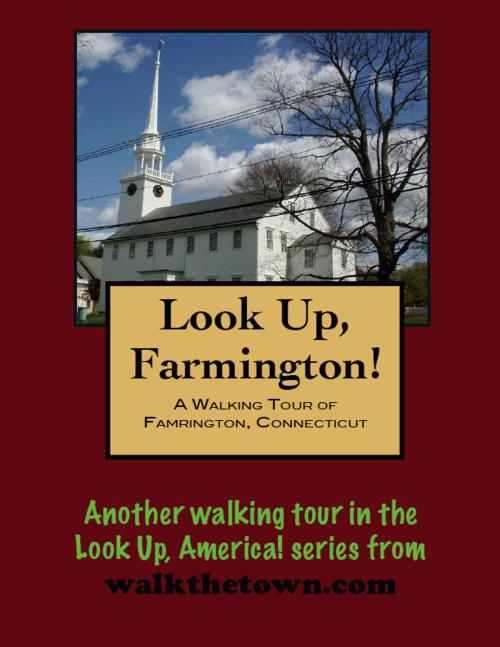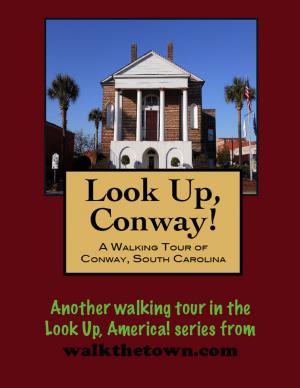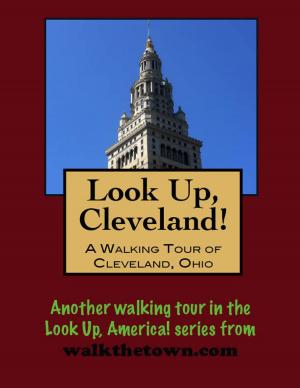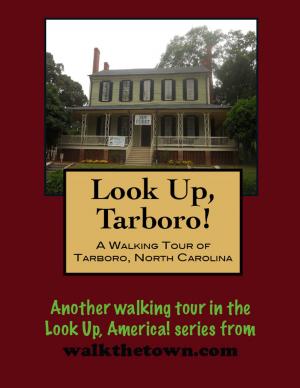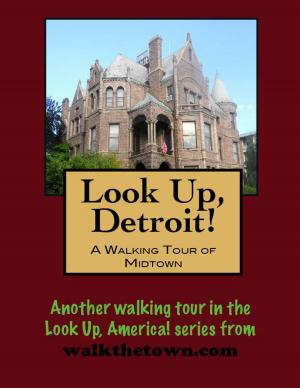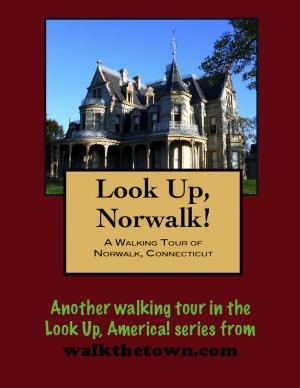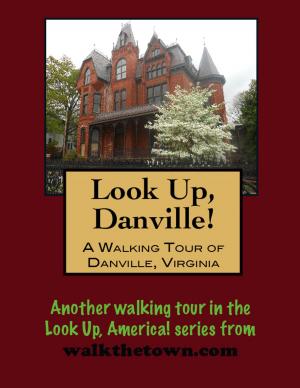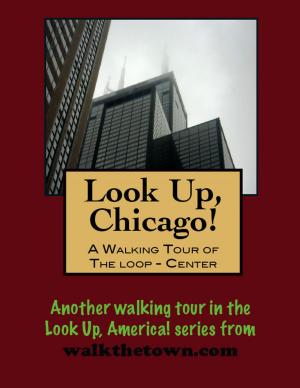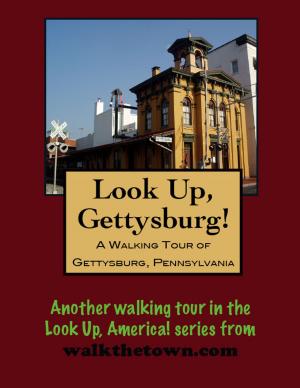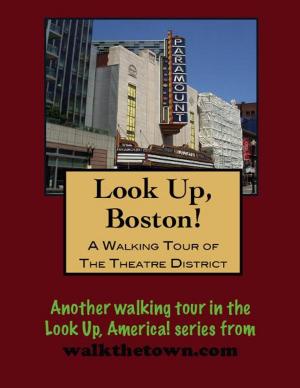| Author: | Doug Gelbert | ISBN: | 9781458052100 |
| Publisher: | Doug Gelbert | Publication: | March 2, 2011 |
| Imprint: | Smashwords Edition | Language: | English |
| Author: | Doug Gelbert |
| ISBN: | 9781458052100 |
| Publisher: | Doug Gelbert |
| Publication: | March 2, 2011 |
| Imprint: | Smashwords Edition |
| Language: | English |
There is no better way to see America than on foot. And there is no better way to appreciate what you are looking at than with a walking tour. This walking tour of Farmington, Connecticut is ready to explore when you are. Each walking tour describes historical, architectural landmarks, cultural sites and ecclesiastic touchstones and provides step-by-step directions. Every tour also includes a quick primer on identifying architectural styles seen on American streets.
At the time of American Revolution Farmington was the 10th most populous town in the colonies. It was founded back in 1640 when a handful of English settlers from nearby towns and bought territory from Sequasin, chief of the Tunxis Indians. Under an agreement, the settlers ploughed the land and the Indians cut wood for fuel and traded their corn and hides. Eventually the Tunxis Indians adopted the culture of the settlers, joining them in the town’s churches and schools.
The town was incorporated as Farmington in 1645 by an act of the Connecticut General Assembly and it was an apt monicker as small farmers dominated the community for well over a hundred years. Following the Revolution the town began to bustle with industrial activity - linen and leather goods and muskets and clocks and buttons were all manufactured here. The burgeoning trading center boomed with the opening of the Farmington Canal in 1828, linking New Haven to Massachusetts.
Mercantile goods weren’t the only thing flowing through Farmington. The town became an important stop along the Underground Railroad with at least eight safe houses operating in the first half of the 19th century. So fervent were Farmington’s abolitionist, in fact, that the town came to be known as “Grand Central Station.” In 1839, after 53 Africans bound for slavery in Cuba took over the schooner Amistad and sailed into Connecticut many were brought to Farmington to await their fate, which was a return to Africa.
A combination of landslides and railroads brought an end to the canal by 1848 and the town gradually reverted to its historical roots as an agricultural community. Meanwhile, its vast area was divided to produce nine other central Connecticut communities - so many that Farmington became known as the “mother of towns.”
Our walking tour will focus on the historic center of Farmington studded with historic homes reaching back 200 years and more, where we’ll see what George Washington saw when he supposedly called Farmington a “village of pretty houses.” But first we’ll start down by the Farmington River where there is an historic mill and a convenient parking lot...
There is no better way to see America than on foot. And there is no better way to appreciate what you are looking at than with a walking tour. This walking tour of Farmington, Connecticut is ready to explore when you are. Each walking tour describes historical, architectural landmarks, cultural sites and ecclesiastic touchstones and provides step-by-step directions. Every tour also includes a quick primer on identifying architectural styles seen on American streets.
At the time of American Revolution Farmington was the 10th most populous town in the colonies. It was founded back in 1640 when a handful of English settlers from nearby towns and bought territory from Sequasin, chief of the Tunxis Indians. Under an agreement, the settlers ploughed the land and the Indians cut wood for fuel and traded their corn and hides. Eventually the Tunxis Indians adopted the culture of the settlers, joining them in the town’s churches and schools.
The town was incorporated as Farmington in 1645 by an act of the Connecticut General Assembly and it was an apt monicker as small farmers dominated the community for well over a hundred years. Following the Revolution the town began to bustle with industrial activity - linen and leather goods and muskets and clocks and buttons were all manufactured here. The burgeoning trading center boomed with the opening of the Farmington Canal in 1828, linking New Haven to Massachusetts.
Mercantile goods weren’t the only thing flowing through Farmington. The town became an important stop along the Underground Railroad with at least eight safe houses operating in the first half of the 19th century. So fervent were Farmington’s abolitionist, in fact, that the town came to be known as “Grand Central Station.” In 1839, after 53 Africans bound for slavery in Cuba took over the schooner Amistad and sailed into Connecticut many were brought to Farmington to await their fate, which was a return to Africa.
A combination of landslides and railroads brought an end to the canal by 1848 and the town gradually reverted to its historical roots as an agricultural community. Meanwhile, its vast area was divided to produce nine other central Connecticut communities - so many that Farmington became known as the “mother of towns.”
Our walking tour will focus on the historic center of Farmington studded with historic homes reaching back 200 years and more, where we’ll see what George Washington saw when he supposedly called Farmington a “village of pretty houses.” But first we’ll start down by the Farmington River where there is an historic mill and a convenient parking lot...
